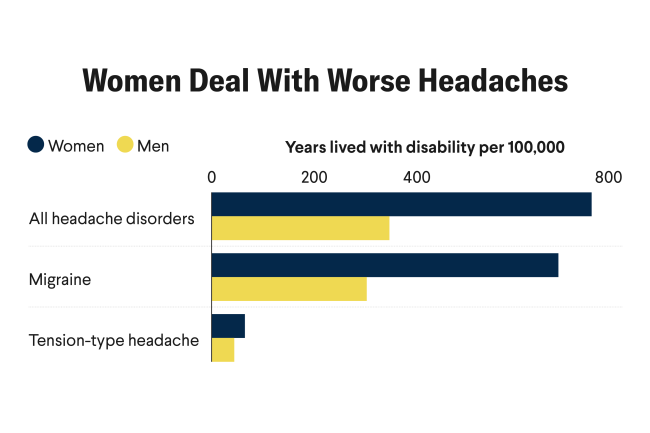The world's deadliest migration route does not cross a border drawn in the sand—it's through the Mediterranean Sea. People fleeing violence, repression, or poverty seek to enter the European Union by sailing via the 970,000-square-mile body of water that stretches from Morocco to Turkey.
This year is the deadliest for Mediterranean crossings since 2017—the period just after the height of the European Union's so-called migrant crisis from 2014 to 2016. As of late November, almost 239,000 migrants have arrived in Europe via the Mediterranean, and close to three thousand people have died attempting the journey, according to the International Organization for Migration.
As of late November, almost 239,000 migrants have arrived in Europe via the Mediterranean, and close to 3,000 have died
The European Union is in the process of reforming its migration, asylum, integration, and border management policies, but critics say any new rules should address its tactics that facilitate migrant pushbacks and deaths at sea.
In the last decade, more than twenty-eight thousand people have died attempting the journey, prompting the United Nations to label the central Mediterranean as the most dangerous migration route in the world.
The EU's migration and asylum policies have contributed to making this journey more lethal. Its member states do not actively search for or assist migrants crossing the Mediterranean unless a vessel is in distress and issues an emergency call. This procedure has prompted traffickers to send unsafe, overcrowded boats into the sea in the hope that they will be rescued by Frontex, the European border agency, or the coast guards of EU member states such as Italy or Greece.

Misguided attempts at deterrence, spearheaded by Italian Prime Minister Georgia Meloni after she assumed office in late 2022, have made the European Union's sea border even more hazardous. Recently, some EU member states have reduced the capacity of their search and rescue operations.
The European Union has also trained the Libyan Coast Guard, a quasi-military organization with links to militias, to sabotage humanitarian rescue operations and capture migrants. Once pushed back from the Mediterranean, migrants are detained in Libyan for-profit prisons run by the militias. Documented abuses in these prisons include extortion, torture, rape, and forced labor.
This June, the deadliest boat disaster in years brought renewed attention to this issue. A fishing trawler carrying 750 refugees and migrants from Egypt, Pakistan, Palestine, and Syria departed from Tobruk in eastern Libya in route to Italy, spending five days at sea. Survivors claimed that Greece's Coast Guard caused the trawler to capsize while attempting to tow it, killing more than six hundred people, including many women and children. Greek authorities, meanwhile, asserted that the trawler began to sink after a panic-induced shift in weight.
Migrants were fearful of the Hellenic Coast Guard's dangerous track record handling similar situations
The narrative issued by the Hellenic Coast Guard quickly came into conflict with the accounts from survivors and aid nonprofits. Although Frontex and the Italian authorities notified their Greek counterparts of the vessel's distress signals, analysis by CNN indicated that the Coast Guard waited at least thirteen hours to respond. Fast-acting search and rescue operations are essential to save lives. Maurice Stierl, a researcher at the Institute for Migration Research and Intercultural Studies, argues that European coast guards and border agencies have increasingly weaponized time to make migrant journeys more deadly.
After the incident, Greece claimed that the trawler had repeatedly rejected its offers of help. The Washington Post acknowledged Greece's claim that some passengers had rejected assistance. Survivors, however, said that they were concerned that the larger ships would overturn the trawler. Activist group Alarm Phone noted that migrants were fearful of the Hellenic Coast Guard's dangerous track record handling similar situations. The authorities still had an obligation to aid migrants, even if some on board rejected that help. The Greek Coast Guard's negligence in launching a full-scale rescue mission stands in stark contrast to the response when the Titanic submersible disappeared this summer and received an extensive search and rescue mission.
The European Commission's Pact on Migration and Asylum is under negotiation and aims to more equitably distribute the burden between frontline member states like Italy and Greece and member states without an external EU border. Yet the International Rescue Committee asserts that the legislation overwhelmingly places responsibility on frontline states. Unless the EU reforms the perverse policies that incentivize overcrowded boats and criminalize the NGOs conducting search and rescue missions, people will continue to lose their lives at sea, and the Mediterranean cemetery will expand. As long as the European Union pursues a policy of deterrence, migrants will continue to face impossible choices.













